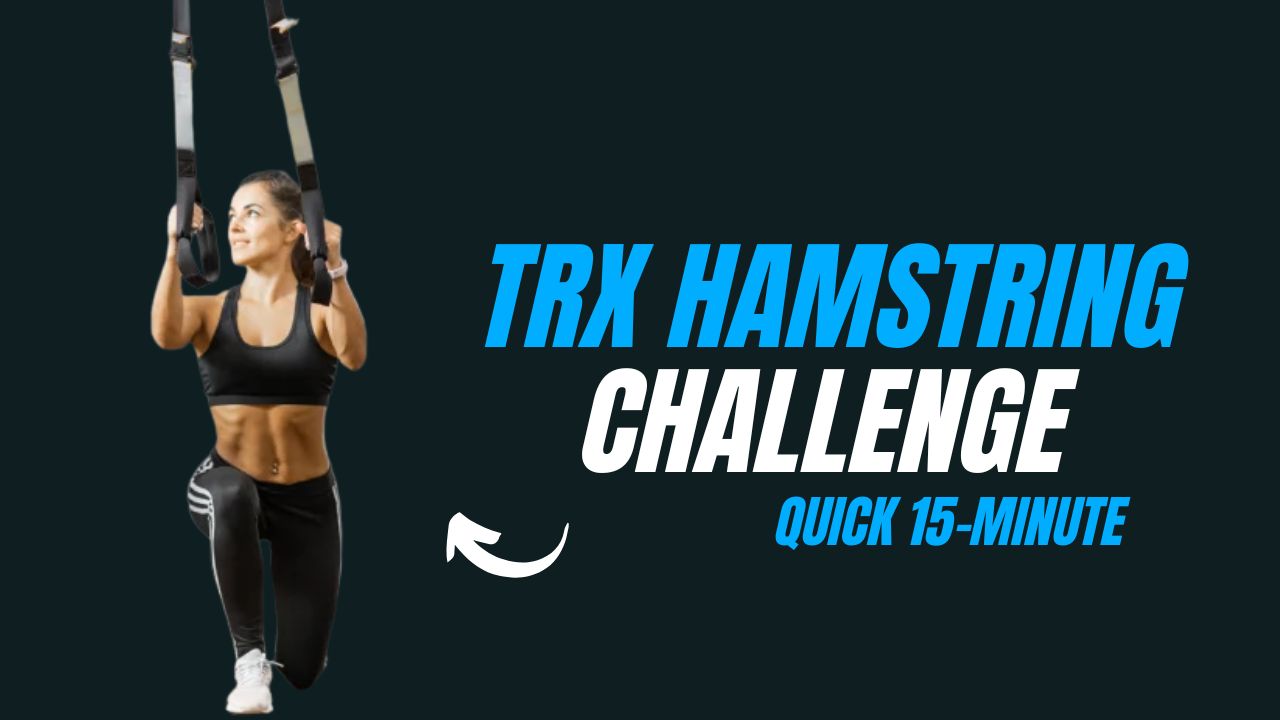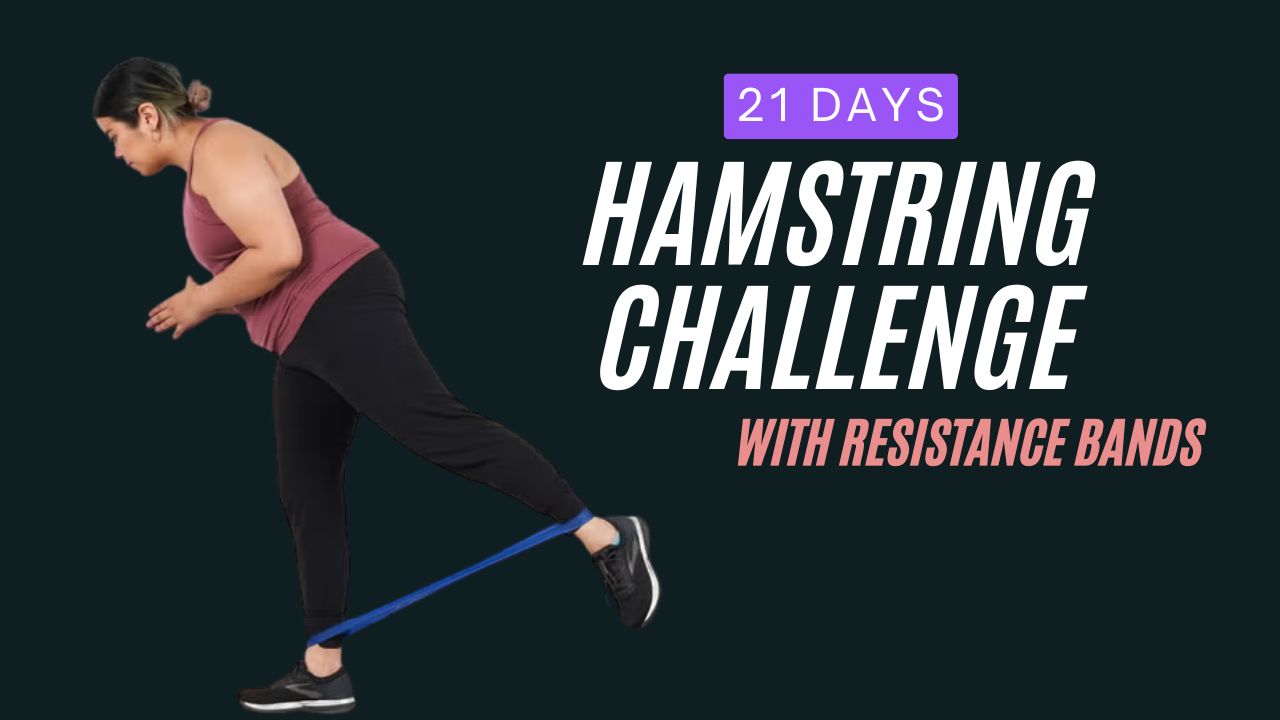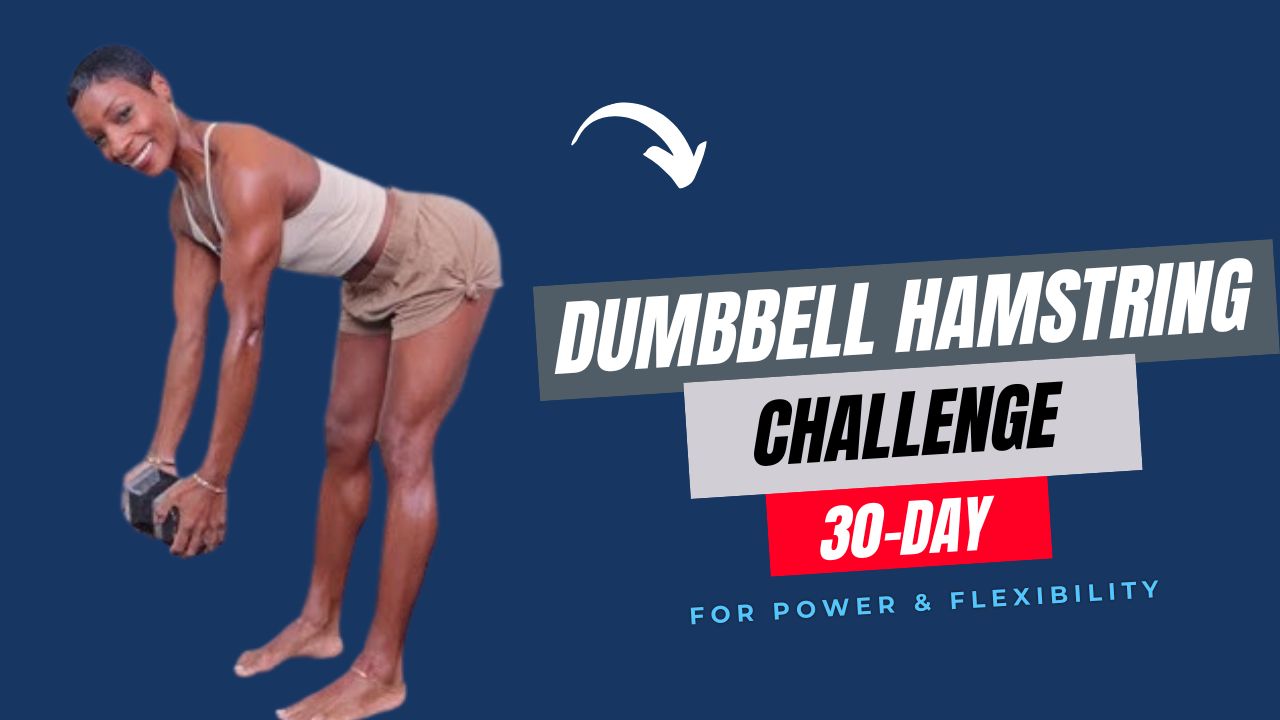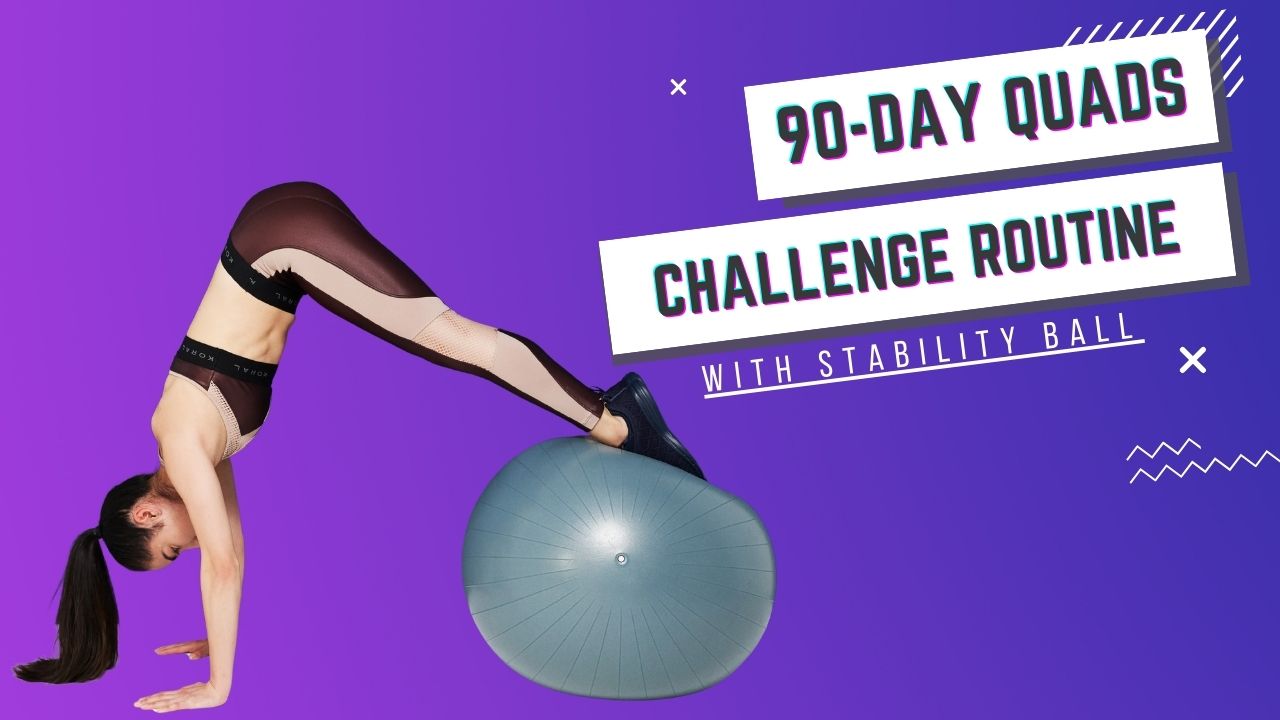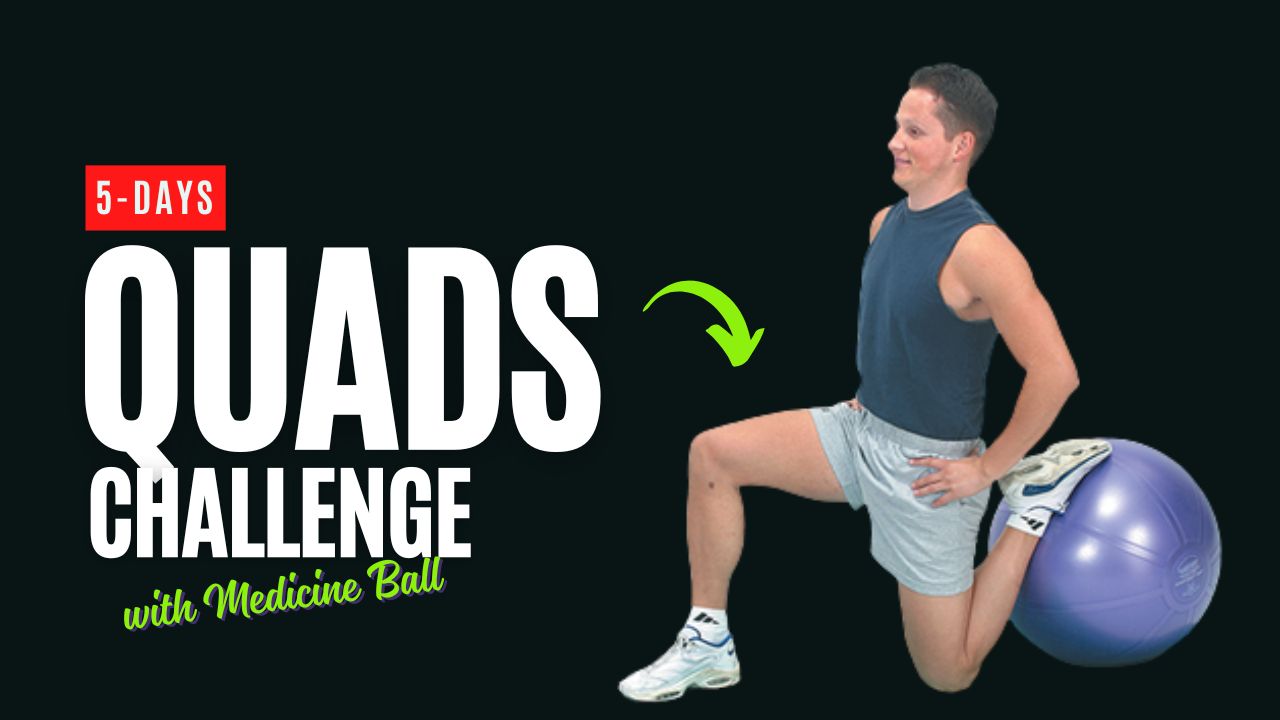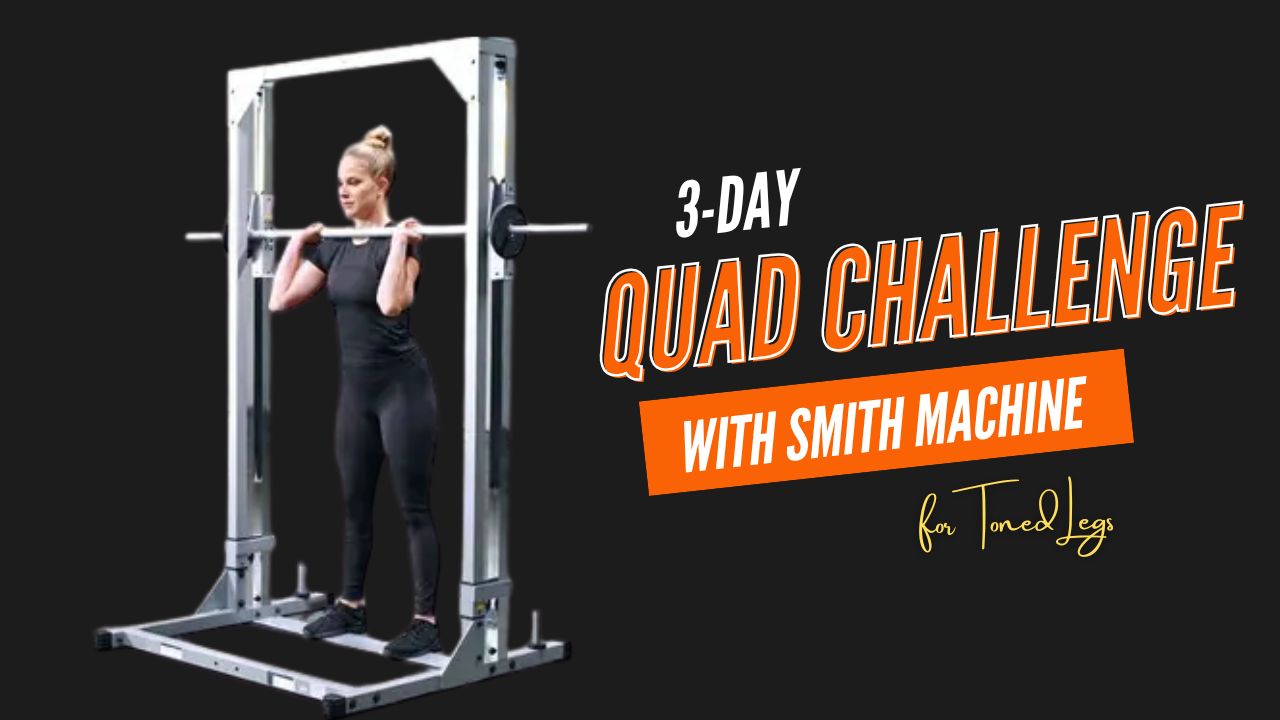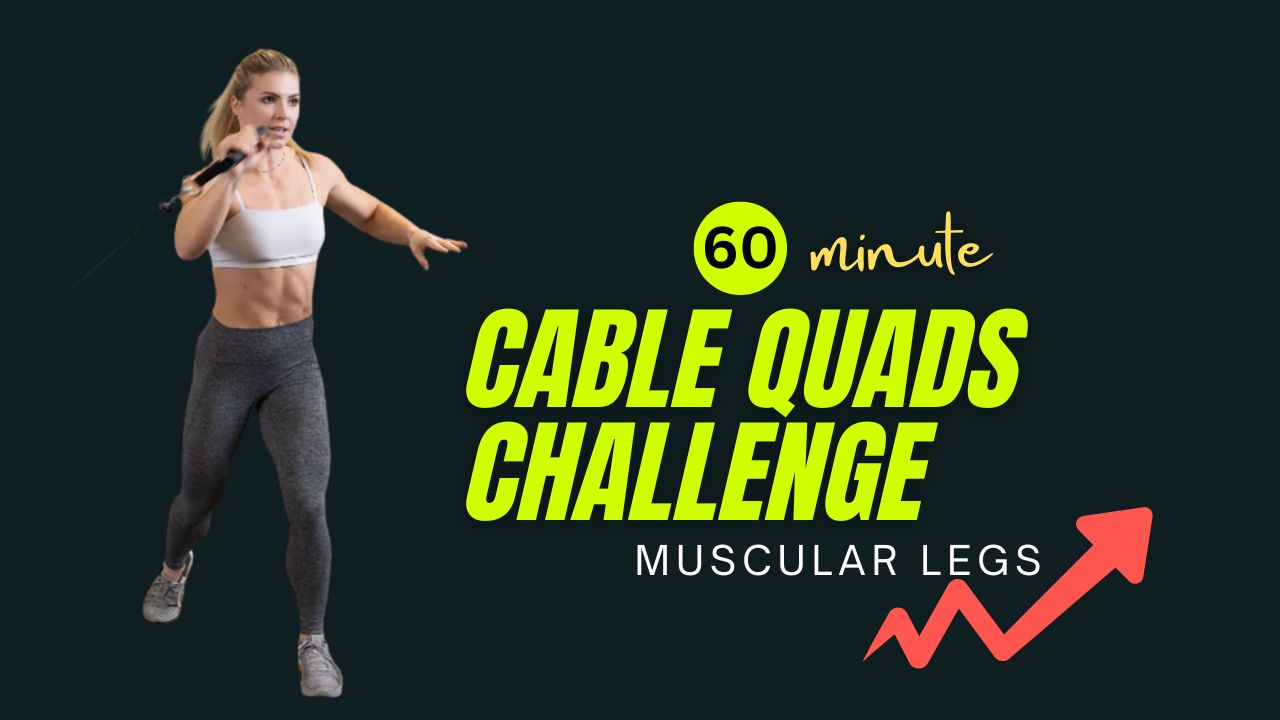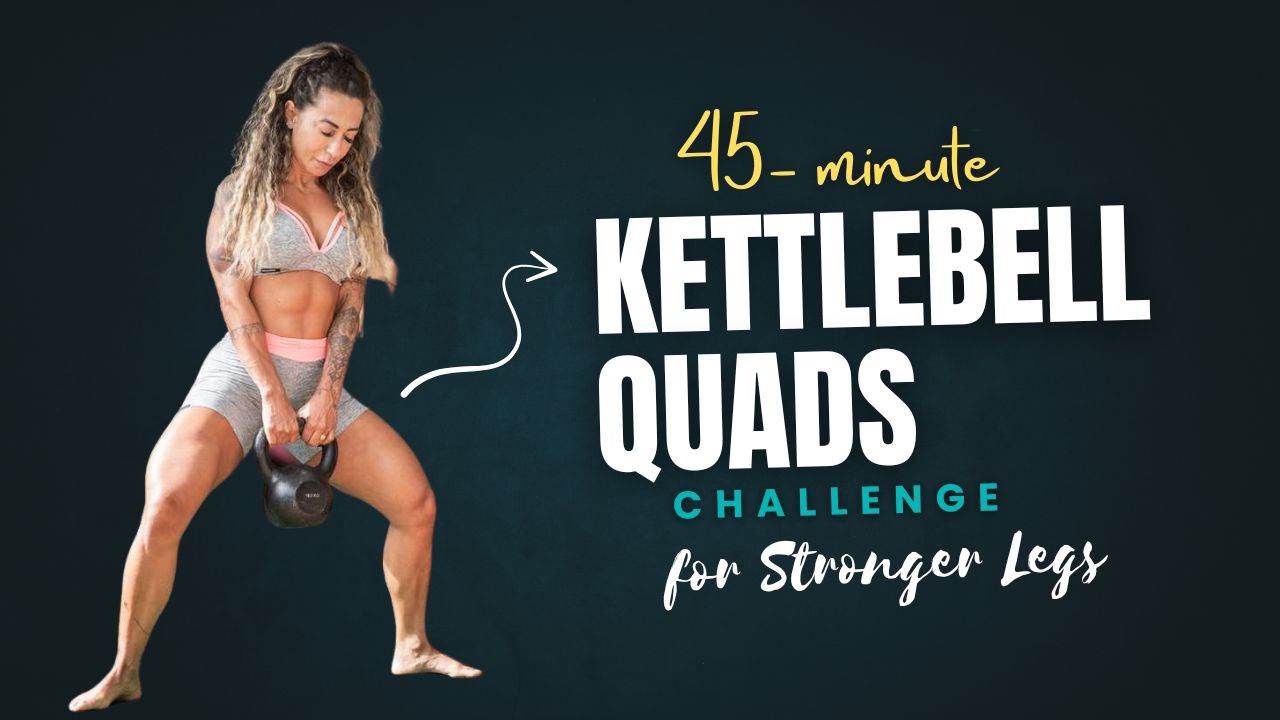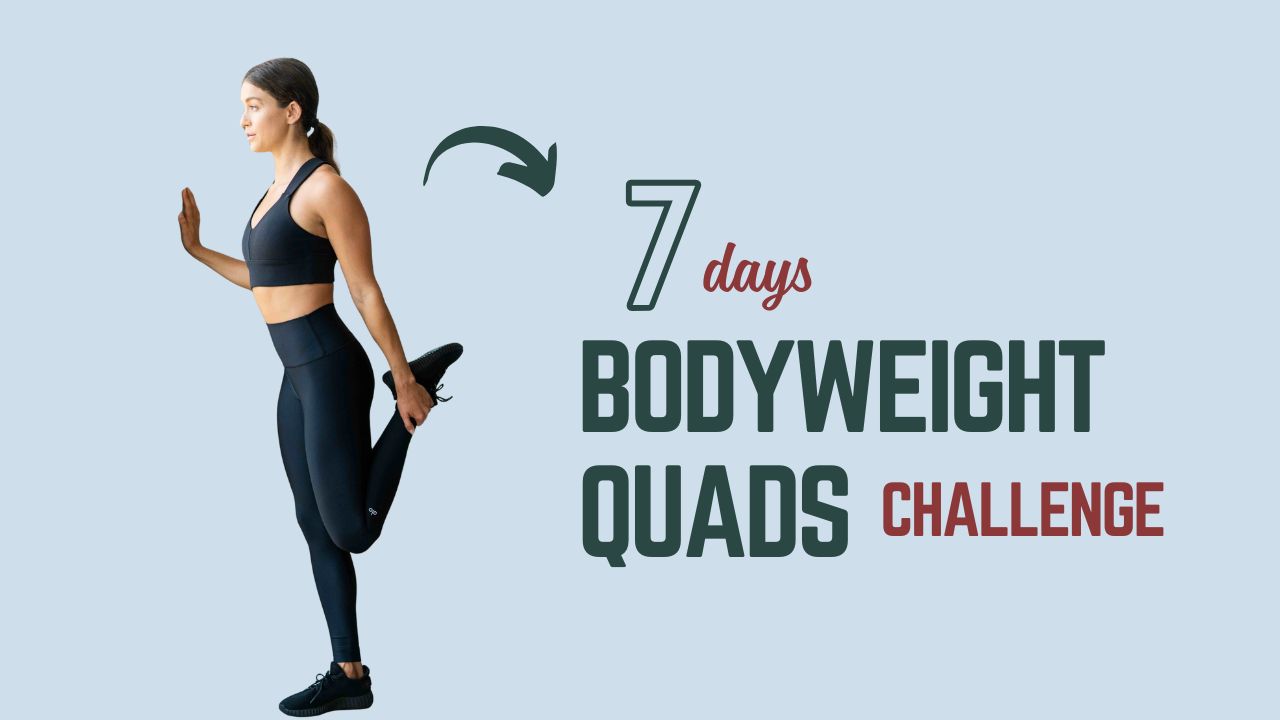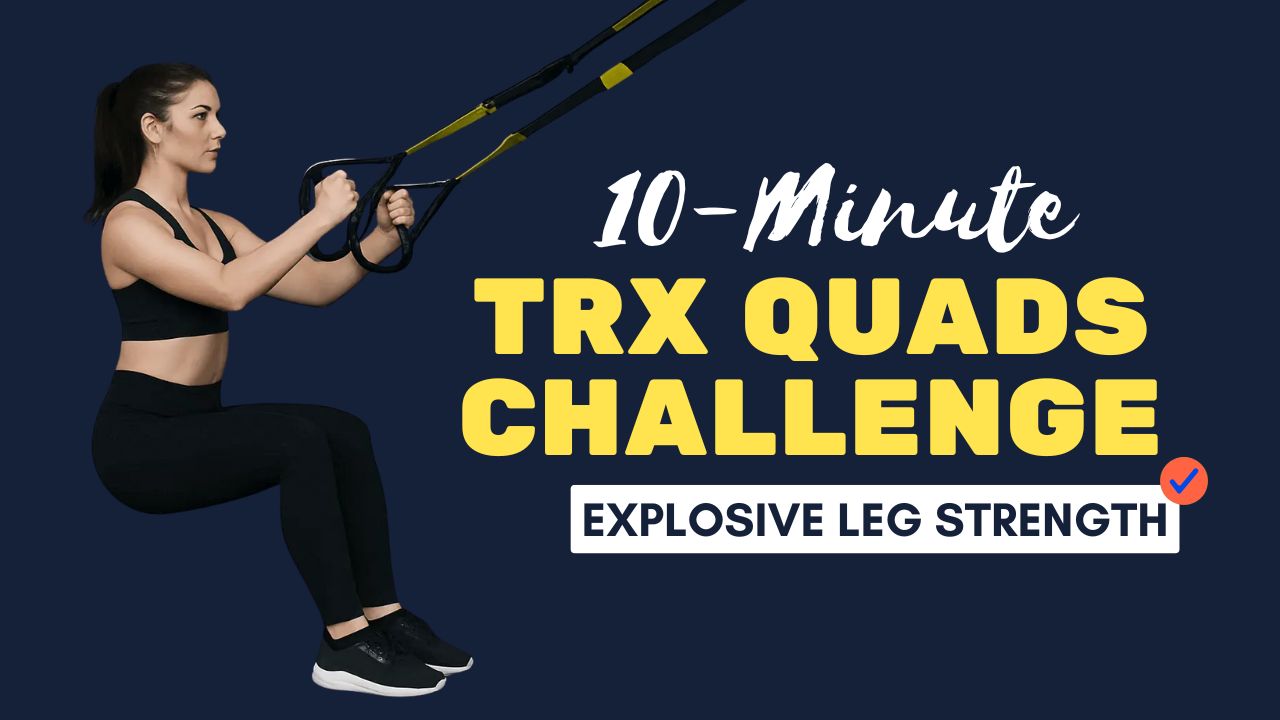Did you know that your glutes are the largest and strongest muscles in your body, yet most people under-train them or train them incorrectly?
While free weights like barbells and dumbbells are widely celebrated for lower-body strength, the Smith machine is often overlooked.
Surprisingly, studies and trainers highlight that the Smith machine offers more stability, controlled movement, and targeted muscle activation, especially for glute development.
Here’s the truth: building stronger, rounder glutes isn’t just about aesthetics. Well-developed glutes improve posture, balance, athletic performance, and even protect your lower back.
And with the right structure, a Smith machine can help you isolate your glutes more effectively than free-weight squats alone.
This 60-minute session is carefully designed to sculpt, lift, and strengthen your glutes. Each exercise includes a detailed description, a “how to” guide, and tips for maximizing results.
By the end, you’ll also find a structured workout challenge table that maps everything into an easy-to-follow routine.
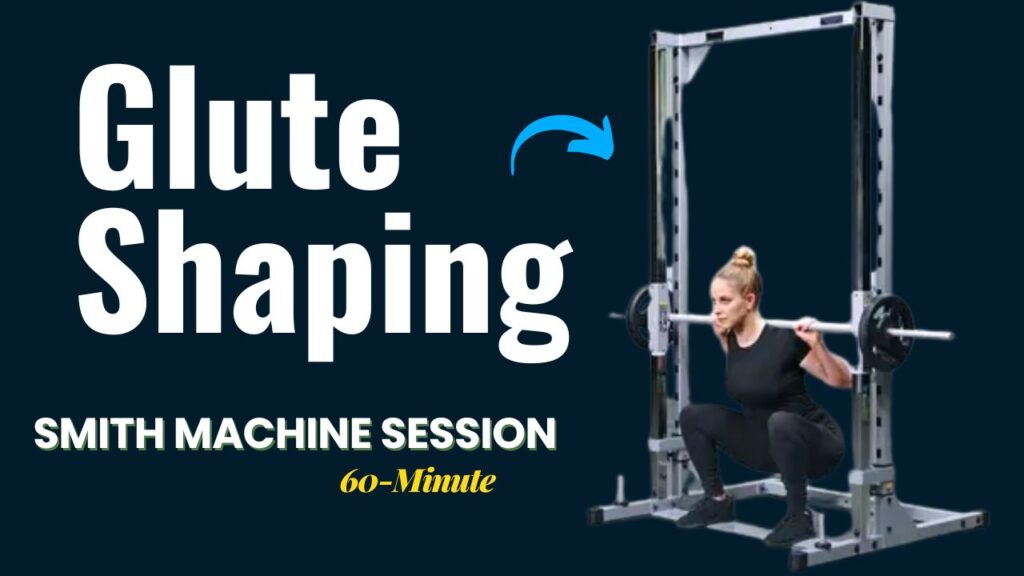
Table of Contents
Benefits of Training Glutes on the Smith Machine
Before diving into the exercises, it’s worth understanding why the Smith machine is a powerhouse for glute shaping:
- Controlled Motion: Reduces balance issues, so you can focus purely on pushing your glutes.
- Safety: Ideal if you train without a spotter.
- Isolation: Makes it easier to target glute muscles without as much assistance from smaller stabilizers.
- Progressive Overload: Easier to adjust weight and track growth.
Interesting Fact: A common myth is that Smith machine squats are “cheating” compared to barbell squats. The truth? They’re simply different tools. While barbell squats train balance and stability, Smith squats help isolate the glutes and quads—making both valuable for growth.
What Can Happen After 30 Days of This Glute Workout
| Positive Outcomes | Possible Challenges |
|---|---|
| Noticeable improvement in glute activation (you’ll feel your glutes working more during daily movements). | Muscle soreness (DOMS) may persist, especially if you’re new to strength training. |
| Increased strength and endurance in lower body exercises. | Results may vary depending on consistency, diet, and recovery. |
| Improved posture and stability, reducing stress on lower back and hips. | Progress might feel slow if weights are not gradually increased. |
| Slight muscle definition and firmness around the glute area. | Visible growth may be limited in the first 30 days—hypertrophy typically takes 6–8 weeks. |
| Boost in confidence and motivation to continue glute-focused training. | Risk of plateau if you repeat the same weights and reps without progression. |
| Better mind-muscle connection, making future workouts more effective. | If form is compromised, chances of knee or back discomfort increase. |
Do’s & Don’ts for the 60-Minute Glute Shaping Smith Machine Workout
| Do’s | Don’ts |
|---|---|
| Warm up with dynamic stretches and light glute activation drills before starting. | Don’t skip your warm-up—it increases injury risk and reduces performance. |
| Maintain proper form and posture, keeping your core engaged throughout. | Don’t arch your lower back or lean too far forward during lifts. |
| Focus on controlled movements with a full range of motion. | Don’t rush through reps or let momentum do the work. |
| Gradually increase weights (progressive overload) to challenge muscles. | Don’t add too much weight too quickly—it compromises form and can cause injury. |
| Keep your heels grounded, especially during squats and lunges. | Don’t push through your toes, as this shifts emphasis away from the glutes. |
| Use the Smith machine’s safety stoppers for added protection. | Don’t rely solely on heavy weights without proper safety measures. |
| Balance compound moves (squats, deadlifts) with isolation exercises (kickbacks, bridges). | Don’t only stick to one type of movement—variety is key for balanced glute growth. |
| Rest 45–60 seconds between sets for optimal recovery. | Don’t take excessively long breaks, as it reduces workout intensity. |
| Track your progress weekly in weight, reps, or sets. | Don’t ignore progression—doing the same weight forever leads to plateaus. |
| Cool down with static stretches to relax glutes and hamstrings. | Don’t skip cooldowns—tight muscles hinder flexibility and growth. |
The 60-Minute Glute Shaping Session
Below are the exercises that make up this session. Each one is explained in detail with how-to instructions.
1. Smith Machine Glute Bridge
Description:
The glute bridge on a Smith machine provides constant tension, making it more effective than bodyweight versions. It directly isolates the glutes, promoting strength and hypertrophy.
How to:
- Sit on the floor under the Smith bar with a bench behind you.
- Position the barbell across your hips (use padding for comfort).
- Rest your upper back on the bench, feet flat and hip-width apart.
- Lower your hips slightly, then thrust upward by squeezing your glutes.
- Hold at the top for 1–2 seconds before lowering slowly.
Tip: Keep your chin tucked to avoid overarching your spine.
2. Smith Machine Bulgarian Split Squat
Description:
This unilateral move improves balance, targets the glutes, and corrects muscle imbalances between legs.
How to:
- Place one foot elevated on a bench behind you.
- Step forward with your front foot under the Smith machine bar.
- Rest the bar across your upper traps.
- Lower into a lunge until your front thigh is parallel to the ground.
- Push through the heel to rise back up.
Tip: Keep your torso slightly forward to emphasize glute activation.
3. Smith Machine Sumo Squat
Description:
The sumo stance targets the glute medius and inner thighs, areas often missed in regular squats.
How to:
- Stand under the Smith bar with a wide stance, toes slightly pointed outward.
- Rest the bar on your upper back.
- Lower into a squat, keeping knees aligned with toes.
- Push back up through the heels, squeezing glutes at the top.
Tip: The wider stance shifts more work to your glutes rather than quads.
4. Smith Machine Step-Ups
Description:
Step-ups are functional and effective for glute and hamstring activation. The Smith machine stabilizes balance, allowing for heavier loads.
How to:
- Place a bench or box under the Smith machine bar.
- Rest the bar across your upper back.
- Step one foot fully onto the box.
- Push through your heel to step up, bringing your other foot to meet it.
- Step down slowly and repeat.
Tip: Avoid pushing off with your back leg—let your front leg do the work.
5. Smith Machine Stiff-Leg Deadlift
Description:
This move emphasizes the posterior chain, particularly the glutes and hamstrings.
How to:
- Stand with feet shoulder-width apart, bar resting at thigh level.
- Keep a slight bend in your knees.
- Hinge at the hips, lowering the bar down your legs.
- Stop just below your knees or mid-shin.
- Drive hips forward and return to standing.
Tip: Maintain a flat back throughout—do not round your spine.
6. Smith Machine Curtsy Lunge
Description:
An underrated glute exercise, the curtsy lunge hits the glute medius and helps sculpt rounder hips.
How to:
- Stand with the bar across your upper back.
- Step your right leg diagonally behind your left leg.
- Lower into a lunge, keeping hips square.
- Push through the heel of your front leg to return to starting.
- Repeat on the other side.
Tip: Smaller steps target quads, while deeper diagonal steps recruit the glutes more.
7. Smith Machine Reverse Lunge
Description:
The reverse lunge is easier on the knees compared to forward lunges and puts more emphasis on glutes.
How to:
- Position the bar across your upper back.
- Step one leg backward, lowering into a lunge.
- Keep weight in the front heel as you drive back up.
- Alternate legs.
Tip: Keep your torso upright to protect your spine.
8. Smith Machine Kickbacks
Description:
A direct isolation movement for glutes, particularly effective for the glute maximus.
How to:
- Position the bar low on the Smith machine.
- Kneel on all fours facing the floor.
- Place one foot under the bar, hooking it with your sole.
- Push the bar upward and backward with your leg.
- Lower slowly and repeat.
Tip: Perform controlled movements to avoid jerking.
Structuring the 60-Minute Routine
Now that you know the exercises, here’s how to fit them into a 60-minute session. This challenge routine balances compound lifts (for strength) with isolation moves (for shaping).
Workout Duration Table
| Exercise | Sets | Reps | Rest | Focus |
|---|---|---|---|---|
| Smith Machine Glute Bridge | 4 | 12–15 | 60s | Glute strength & lift |
| Bulgarian Split Squat | 3 | 10 each leg | 60s | Balance & unilateral glute work |
| Sumo Squat | 3 | 12 | 60s | Glute medius & inner thighs |
| Step-Ups | 3 | 10 each leg | 45s | Functional glute power |
| Stiff-Leg Deadlift | 4 | 12 | 60s | Glute & hamstring engagement |
| Curtsy Lunge | 3 | 12 each side | 45s | Outer glutes shaping |
| Reverse Lunge | 3 | 12 each leg | 60s | Glute & quad combo |
| Kickbacks | 3 | 15 each leg | 45s | Glute isolation & finish |
Total Time: ~60 minutes (including rests)
Glute Shaping Challenge Notes
- Progression: Add 2.5–5 kg every 2 weeks as you get stronger.
- Form First: Never sacrifice form for heavier weight—injuries stall progress.
- Frequency: Perform this session 2x per week for best results.
Myth Buster: Many believe cardio is the fastest way to shape the butt. In reality, resistance training is essential for glute lift and growth, while cardio mainly helps with fat loss.
Conclusion: Commit to the Lift
Your glutes won’t transform overnight, but consistent effort on a structured plan like this 60-minute Smith machine routine will produce visible and lasting changes.
From bridges to lunges, each move was chosen to maximize tension and growth in all three glute muscles: the glute maximus, medius, and minimus.
Strengthening your glutes is not just about appearance—it’s about building a more powerful, balanced, and injury-resistant body.
The Smith machine offers the perfect combination of control and intensity, making it easier to focus purely on activating the glutes while safely challenging your limits.
Challenge Continuation Idea
Once you’ve mastered this workout for 4–6 weeks, take your progress further with these adjustments:
- Add Resistance: Increase weights gradually every 1–2 weeks.
- Time Under Tension: Slow down your reps, especially the lowering phase, to create more muscle stress.
- Superset Variation: Pair two exercises back-to-back (e.g., glute bridges + kickbacks) with minimal rest.
- Endurance Week: Once a month, increase reps (15–20 per set) with lighter weight to push muscular endurance.
- Progressive Split: Transition to a 2-day glute split—one day focusing on heavy compound lifts (bridges, squats, deadlifts) and another on shaping/isolation moves (kickbacks, curtsy lunges).
By treating this not just as a single workout, but as a stepping stone in your long-term glute challenge, you’ll keep progressing, avoid plateaus, and stay motivated.
Frequently Asked Questions (FAQs)
Is the Smith machine effective for glute growth?
Yes. The Smith machine allows for controlled movement, better glute isolation, and progressive overload, making it highly effective for glute shaping and strength.
How many times per week should I do this 60-minute Smith machine glute workout?
For best results, aim for 2 sessions per week, giving at least 48 hours of recovery between glute workouts.
Do I need to combine free weights with Smith machine workouts?
It’s not mandatory, but combining both can maximize results. The Smith machine isolates glutes well, while free weights build stability and overall functional strength.
How long does it take to see visible results in glute growth?
Most people notice changes within 6–8 weeks of consistent training, provided they follow a proper diet and progressive overload.
Can beginners use the Smith machine for glute training?
Absolutely. The guided bar path makes it beginner-friendly while still challenging enough for advanced lifters.
Do I need to lift heavy to build glutes?
Not always. Glutes respond well to both heavy lifting and high-rep isolation work. The key is progressive overload and proper form.
Should I do cardio along with this glute workout?
Yes, light to moderate cardio can support overall fitness and fat loss. However, for glute shaping and lifting, resistance training should remain the priority.
What’s the difference between barbell hip thrusts and Smith machine glute bridges?
Both target the glutes, but the Smith machine version provides more stability, making it easier to focus on muscle contraction without worrying about balance.
Can this workout help reduce lower back pain?
Yes, stronger glutes support the lower back and hips, potentially reducing discomfort. However, if you already experience chronic pain, consult a professional before training.
How should I warm up before this 60-minute glute session?
Spend 5–10 minutes on dynamic stretches and bodyweight moves like glute bridges, squats, and hip openers to activate the muscles before loading them.
